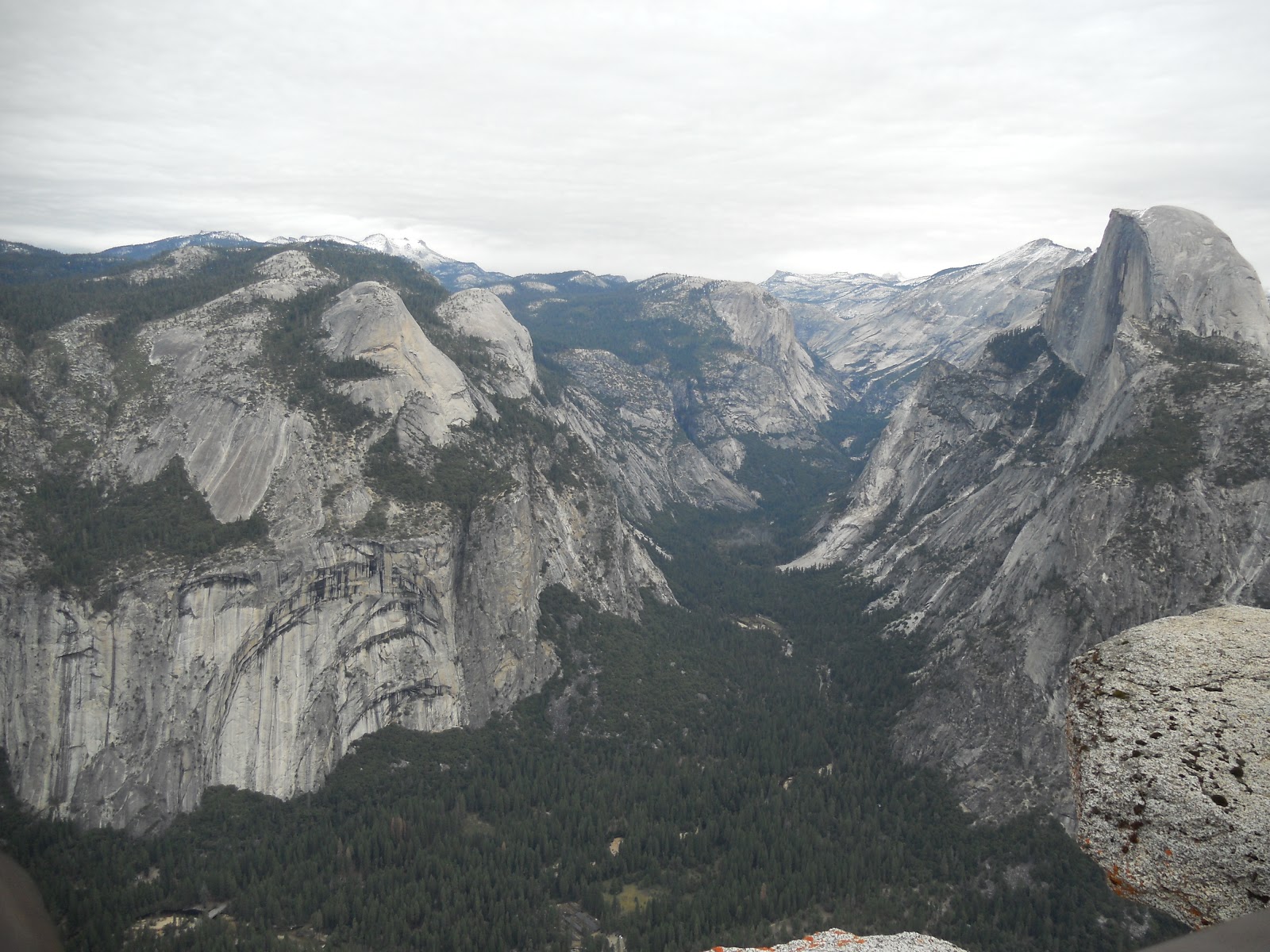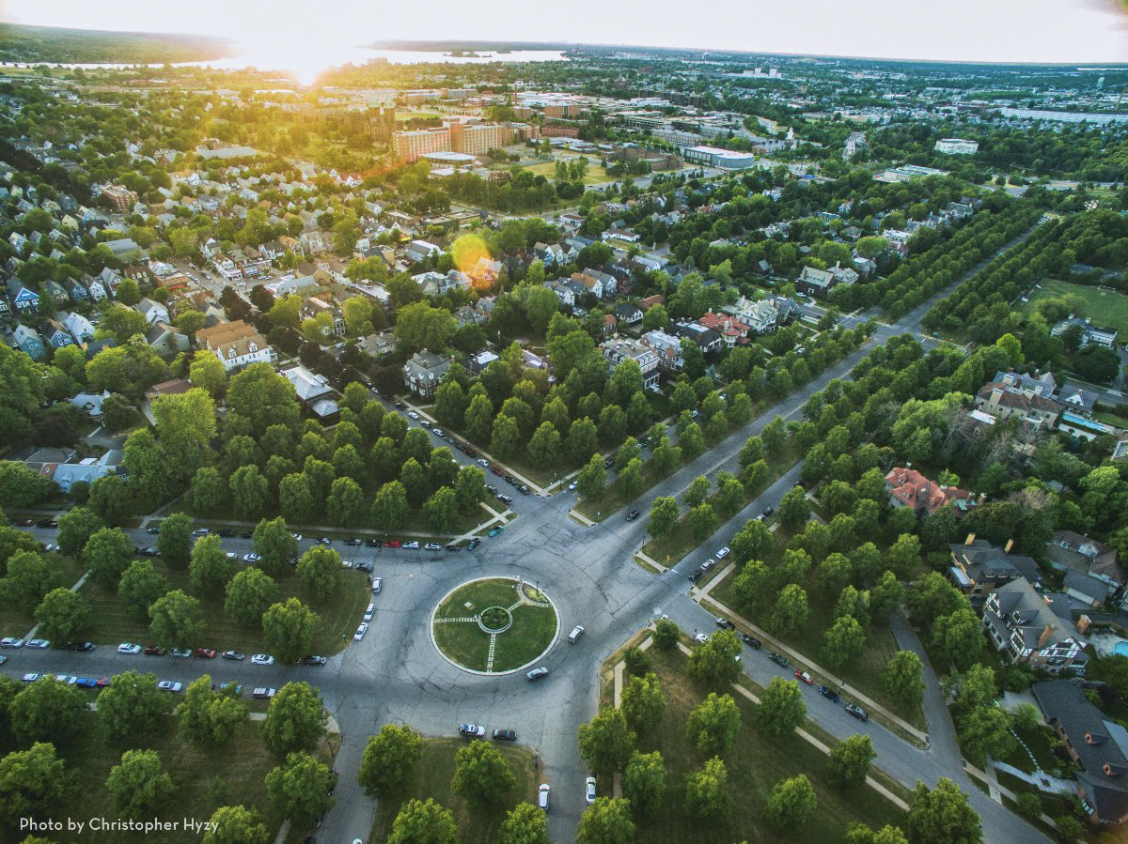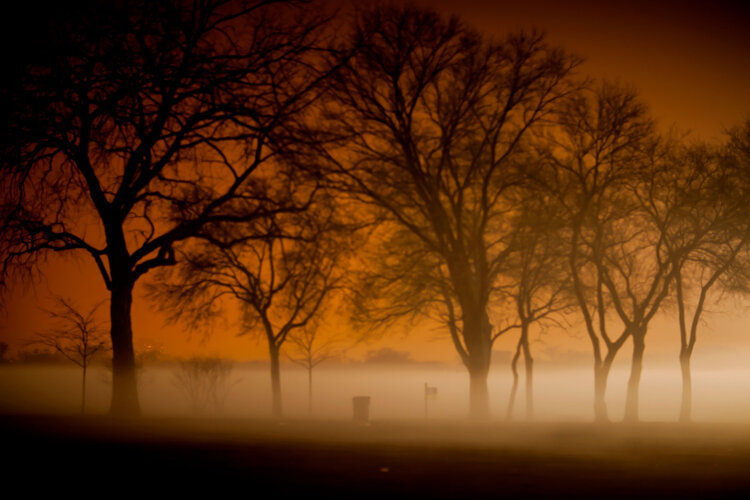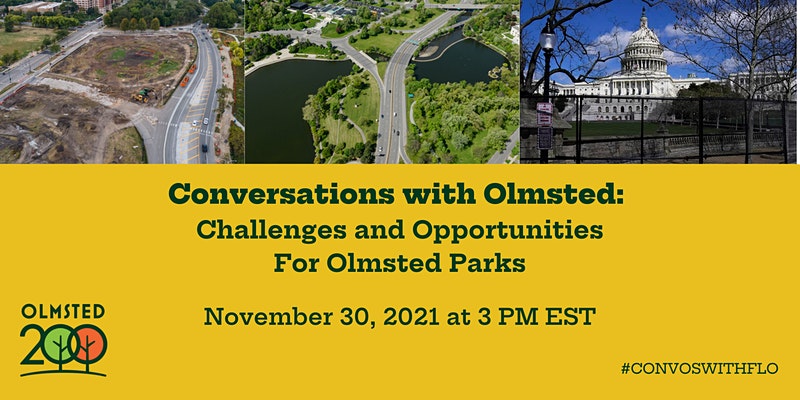
If Frederick Law Olmsted surveyed our political landscape today, he would undoubtedly call on Americans to visit more parks. He saw public parks as places where people from different walks of life could connect, and at times re-connect, and find common ground, literally and figuratively.
This was a surprisingly revolutionary idea. Olmsted came to landscape architecture when he designed New York’s Central Park, an effort inspired by England’s Birkenhead Park, that country’s first public park. At that time, parkland was mostly situated on private estates and was inaccessible to the general public. The situation in New York City was so acute that residents took up socializing in cemeteries. Olmsted envisioned a common ground all could share, enjoy and where everyone could be revived by nature.
Spending time in public parks, Olmsted observed in the late 1860s, instilled citizens “with a common purpose, not at all intellectual, competitive with none, disposing to jealousy and spiritual or intellectual pride toward none, each individual adding by his mere presence to the pleasure of all others, all helping to the greater happiness of each.” In his vision, parks were essential to the pursuit of happiness and elevated men’s sense of what constitutes real pleasure: the beauties and grandeur of nature enhancing social bonds by instilling a sense of belonging and civic community. According to historian Wilson Carey McWilliams, Olmsted “tried to show that parks could hasten the emergence of a broad-minded public spirit that could transcend factional politics.” Parks were places where “citizens might be able to overcome isolation and suspicion.”
In the wake of the Civil War, serving as a commissioner reviewing California’s accession of the Yosemite Valley, he issued a landmark report which not only led to the creation of one of the country’s great national parks but laid the intellectual basis for the National Park System. “The enjoyment of the choicest natural scenes in the country and the means of recreation connected with them is … a monopoly, in a very peculiar manner, of a very few, very rich people,” Olmsted wrote. “The great mass of society, including those to whom it would be of the greatest benefit, is excluded from it.” That being the case, he added, “The establishment by government of great public grounds for the free enjoyment of the people under certain circumstances, is thus justified and enforced as a political duty.”
As the historian, Robin Winks wrote of Yosemite “The creation of a park in faraway California, was a statement about national unity, continental status, and hopes for an optimistic future in the midst of a devastating civil war. Yosemite was a monument to the union, democracy, and long-term goals for the nation, the product of a great national need.”
Today, when our national unity is again being tested, we can all enjoy natural beauty together through the legacy of Olmsted’s far-flung parks and start to regain the sense of community and connection he knew such greenspace fosters.











